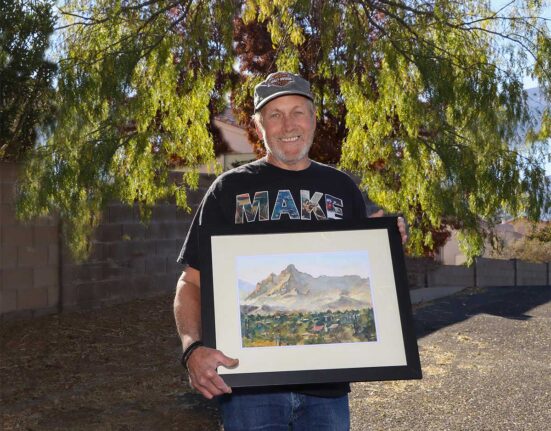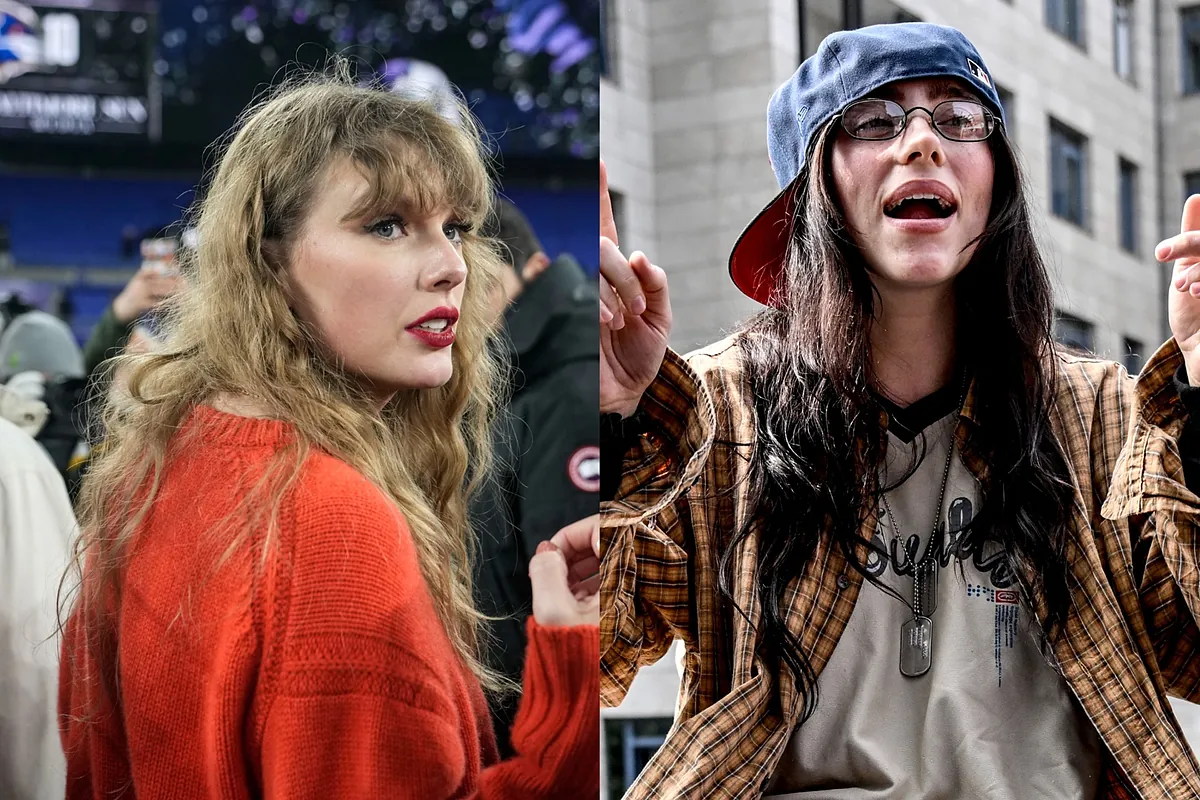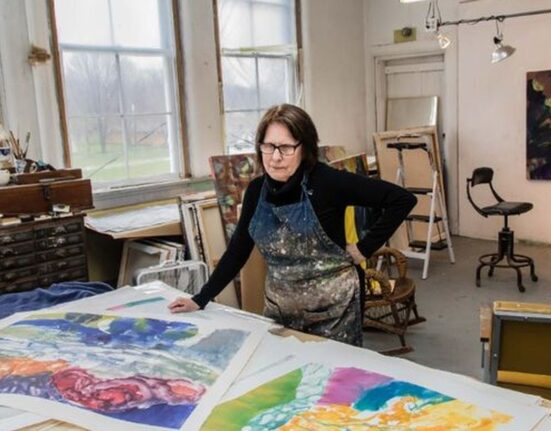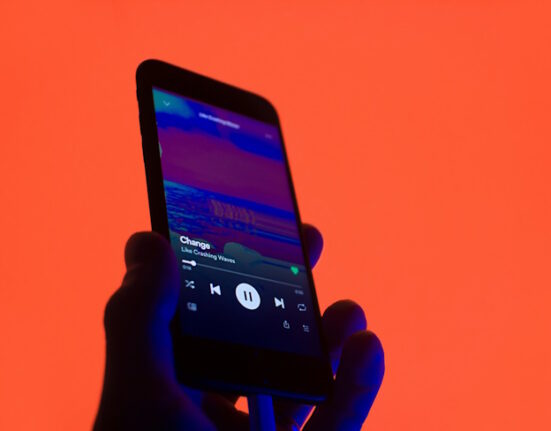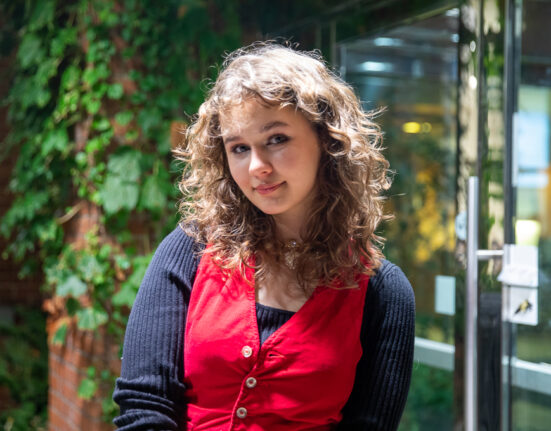The world is in tumult but for the moment, the business of art marches on. Artists go to their studios, museums keep their doors open and art critics try to make sense of it all. Meanwhile, the Art Dealers Association of America (ADAA), a members-only organization known for its blue-chip brands, has assembled for its annual fair.
The 35th edition of The Art Show at the Park Avenue Armory offers up 78 galleries and 57 solo presentations. All proceeds from admissions go to the Henry Street Settlement. The quality of artwork here is high: smart, well made, innovative. There are very strong showings here by well-regarded artist like Hope Gangloff, Julie Heffernan, Sheila Hicks, Kurt Kauper, Pieter Schoolwerth and Tavares Strachan — even watercolors by the famed, gender-bending 19th-century author George Sand. What the Art Show demonstrates, however, is the fleet-footed ability of contemporary galleries — compared with larger or besieged institutions — to ferret out lesser-known artists and showcase them in compact, distinctive displays. This edition of the fair really shines in highlighting under-the-radar masters, often women and Black artists. (For more of a design and antiques focus, visit this Armory next week for the Salon Art + Design fair.) Here are a handful of booths that particularly snagged my attention.
Totah (Booth D18)
The Italian-born artist and architect Lauretta Vinciarelli (1943-2011) was, for a time, the partner of the minimalist sculptor and Marfa, Texas, settler Donald Judd — a pairing that may have overshadowed her own career. Through exhibitions and publications, the gallerist David Totah has labored to highlight Vinciarelli’s artistic contributions. Primary among them are her luminous watercolors, which look like photographs or even holograms from a distance. The works on paper are from late in Vinciarelli’s career and inspired by her spiritual leanings and writings related to Tibetan Buddhism.
Luxembourg + Co. (Booth D26)
Fiber art is getting copious attention these days, but Sue Fuller (1914-2006) had a niche of her own. Fuller studied with Hans Hofmann and Josef Albers, and made a promising start in printmaking in the 1940s, as well as working as an educator at the Museum of Modern Art. She left the print sector to strike out in a more unusual direction. Working with cotton and later nylon thread, she created tensile compositions that occupy a zone somewhere between weaving and abstract painting. Intricate and rigorous “String Compositions” from the mid-60s to the mid-70s are at Luxembourg + Co., mounted in frames or Lucite display cases.
Nathalie Karg (Booth C11)
The downtown New York art dealer Nathalie Karg is aghast when young people haven’t heard of Colin de Land and Pat Hearn, the forward-looking art-dealer couple who helped found the Armory Show art fair. Paintings here by Nina Childress celebrate de Land and Hearn. Tongue-in-cheek, verging on kitsch, and blatantly fawning, they’re painted in wild — even glow-in-the-dark — colors. They are a perfect meta-project: paintings of insider-art-fair-dealers inside an art fair — as well as a memorial and a slice of recent New York art history.
Eric Firestone (Booth D13)
Eric Firestone has made a career of rescuing artists from the dustbin — or at least the margins — of art history, particularly New York in the late 20th-century. Here he’s featuring five who appeared in important exhibitions devoted to Black art in the late 1960s and early 1970s. Paul Waters’s canvases have a gorgeous, geometric simplicity, but the real standout is Anderson Pigatt, a self-taught sculptor who also worked as a restorer of antique furniture after studying cabinetmaking on the G.I. Bill. “In Honor of the Brothers and Sisters of Reclamation Site One” (1969) is a hulking monument made from a fallen oak tree in a Harlem park. The idea that wood has a spirit is deftly translated in this tough-but-tender memorial to civil rights activists.
Michael Rosenfeld (Booth A4)
Charmion von Wiegand’s (1896-1983) visionary paintings have been getting attention in Europe, but they are still under the radar here. This Chicago-born artist started painting in the 1920s after a psychotherapy session and never stopped. (She was also a journalist and art critic.) Michael Rosenfeld’s booth has canvases that reveal von Wiegand’s early encounters with surrealism and Piet Mondrian, and her obsessions with the grid and biomorphic abstraction. Works from the 1960s are more diagrammatical — not unlike Hilma af Klint — and informed by Taoist ideas and attempts to map out a modern approach to Buddhism.
Tina Kim (Booth C8)
The Chelsea gallerist Tina Kim is showing work by two Asian artists made after their introduction to New York. The Japanese sculptor Minoru Nizuma, who moved here in the late 1950s, created compact, modernist objects in stone and wood, which became more dynamic after she experienced the frenetic energy of New York. The Korean painter Kim Tschang-Yeul later became known for minimal canvases with photorealistic waterdrops. Here, paintings from the 1960s, with pulsing concentric shapes painted in bright acrylic color, catch your eye, like blinking neon or streetlights.
DC Moore (Booth D22)
Whitfield Lovell’s moving portraits at DC Moore showcase African American servicemen in World War I and World War II — eras in which their civil rights were officially unrecognized and unprotected in the country for whom they were fighting overseas. Here, three soldiers drawn in charcoal conté on wooden boards stand silently, gazing over vintage globes around the booth. The “Wayfarer” series of maps with anonymous Black figures printed over them are quietly dignified and yet even more devastating, like one that details the Roman Empire and its “middle passage routes.”
James Cohan (Booth A18)
Kathy Butterly is hardly unknown. In fact, she’s one of the masters in the field of ceramics. It’s rare to see this much of her work on display, though, and this is a stellar lineup at James Cohan. Using a slip-cast mold of a singular vessel, Butterly shapes and glazes each one into a unique universe of color, shape and sheen. Butterly has also begun to make geometric bases for the works. Given that ceramics are often seen as the underdog to “sculpture” (as if such a distinction is even interesting anymore), the mini-pedestals seem like a dig at the long history of sculpture and its attempts to elevate itself above the world of ceramic cups, saucers and vessels.
Anat Ebgi (Booth A6)
Faith Wilding is also a well-known artist, but this solo exhibition on paper at the Los Angeles gallery Anat Ebgi is worth mentioning. An important contributor in 1970s feminist initiatives like “Womanhouse” (1972) at CalArts, Wilding has gone on to become a noted eco-feminist. The works here are mostly watercolors, but with sly titles like “The Vulva That Got Away” (2022).
Anthony Meier (Booth A16)
From a few paces, Jasmin Sian’s diminutive works at the Mill Valley, Calif., gallery Anthony Meier look like antique lace in a frame. They are actually designs meticulously cut from discarded candy and delicatessen wrappers. Even more specifically, this suite of works memorializes Sian’s beloved bird, Fennel, who died recently. “A Forest for Fennel,” as the installation is called, includes plants, trees and other creatures, and reads as an act of devotion, mourning and, perhaps, obsession.
The Art Show
Nov. 2-5, Park Avenue Armory, Park Avenue at 67th Street, Manhattan; admission: $30. theartshow.org.


